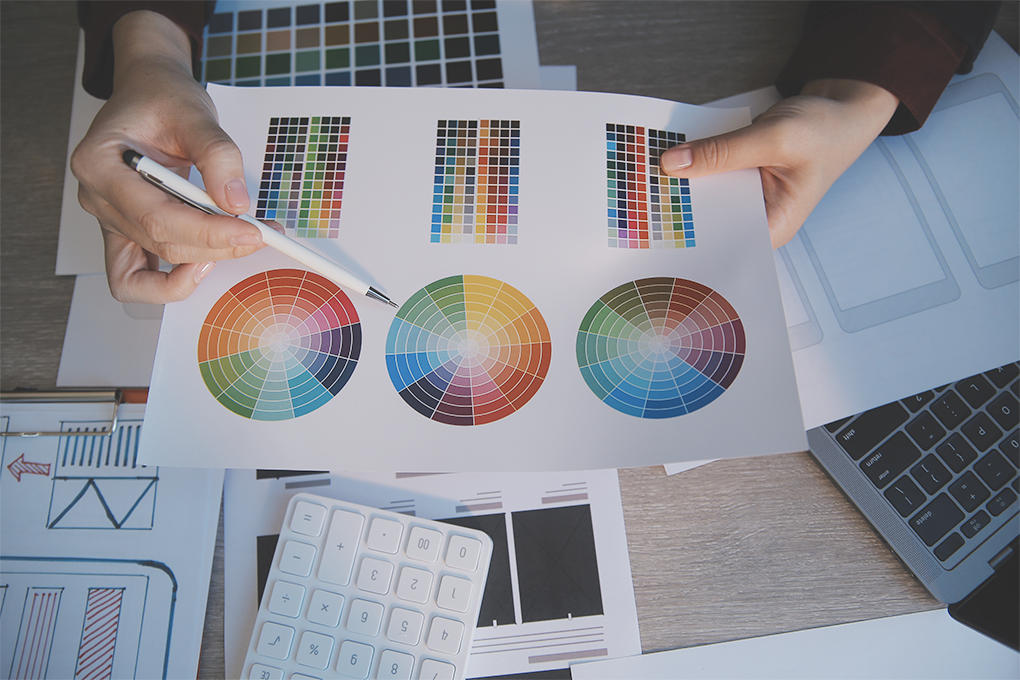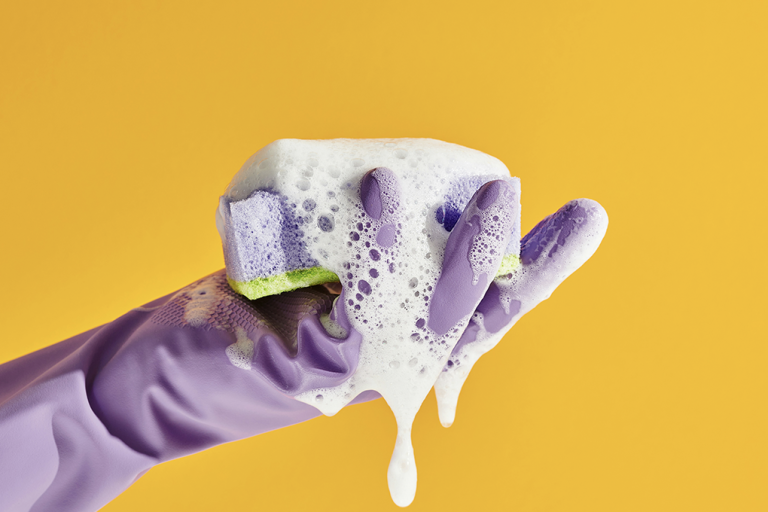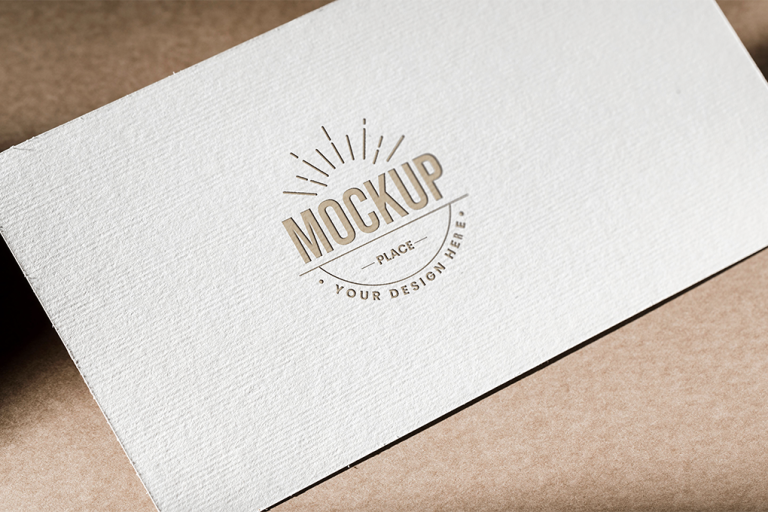Choosing the best colors for your business logo may seem like a simple task, but it plays a significant role in how your brand is perceived by your target audience.
Color psychology suggests that different hues evoke specific emotions and associations, influencing people’s feelings about your brand.
By understanding the impact of color on your logo design, you can effectively communicate your brand identity and resonate with your desired customer base.
What are the best colors for a business logo?
The best colors for a business logo effectively communicate your brand identity, evoke the right emotions, and resonate with your target audience. When selecting colors for your logo, consider your brand personality, industry trends, and the preferences of your target demographic.
Color psychology provides valuable insights into the emotions and perceptions associated with different hues, allowing you to choose colors that align with your brand’s values and desired image. Cultural and contextual factors also influence color perception, so it’s important to research how your chosen colors may be interpreted by different audiences.
What colors evoke trust and reliability?
If your business is a non-profit organization or catering to an environmentally-friendly objective, trust and reliability can be incredibly important to build a loyal customer base of like minded people.
Here are some colors that can help attach trust and reliability to your business logo.
Blue
Blue is a calming color that many people associate with dependability and security. It’s no surprise that many banks, financial institutions, and healthcare providers use blue in their logos to convey a sense of trustworthiness and reliability. Blue is also a popular choice for technology companies, as it suggests intelligence and innovation.
Green
Green is a versatile color that can evoke a wide range of emotions, depending on the shade and context. Darker greens are often associated with wealth and prestige, while lighter greens can convey freshness, growth, and environmental awareness. Green is a great choice for businesses in the health and wellness industry, as it suggests balance, harmony, and natural well-being.
Gray
Gray is a neutral color that can add a touch of sophistication and elegance to your logo design. It’s often used in combination with other colors to create a sense of balance and stability. Gray is a practical choice for businesses that want to convey a sense of professionalism and reliability without being too flashy or overwhelming.
Black
Black can be a powerful choice for your business logo, depending on your industry and target audience. A black logo can convey sophistication, elegance, and mystery, making it a popular choice for luxury brands, fashion labels, and high-end products.
However, black can also be seen as intimidating or unapproachable in certain contexts, so it’s important to consider your brand’s personality and message when deciding if a black logo is right for you.

What colors grab attention and inspire action?
While colors like gray and black are conventional and safe colors that can almost never go wrong, some brands that want attention often go with brighter colors and manage to pull them off.
Here are some colors to help you do just that.
Red
Red evokes passion, excitement, and urgency: Red is a bold and powerful color that can instantly grab attention and create a sense of urgency. It’s often used in logos for brands that want to convey passion, energy, and excitement, such as fast-food restaurants, sports teams, and entertainment companies.
Red can also be used to highlight important elements in your logo, such as a call to action or a key message.
Orange
Orange communicates energy, enthusiasm, and friendliness: Orange is a warm and inviting color that can evoke feelings of enthusiasm, creativity, and approachability. It’s a great choice for businesses that want to create a friendly and engaging brand identity, such as social media platforms, e-commerce websites, and educational institutions.
Orange can also be used to convey a sense of affordability and value, making it a popular choice for budget-friendly products and services.
Yellow
Yellow represents optimism, creativity, and youthfulness: Yellow is a bright and cheerful color that can evoke feelings of happiness, positivity, and creativity. It’s often used in logos for brands that want to convey a sense of optimism, innovation, and youthfulness, such as technology startups, children’s products, and creative agencies.
Yellow can also be used to create a sense of warmth and friendliness, making it a great choice for businesses that want to establish a strong emotional connection with their customers.
Pink
Depending on your target audience and brand personality, pink can be a powerful choice for your business logo. Pink is often associated with femininity, romance, and compassion, making it a popular choice for businesses in the beauty, fashion, and healthcare industries.
A pink logo can also convey a sense of playfulness, creativity, and youthfulness, making it a great choice for brands that want to appeal to a younger, more diverse audience. However, it’s important to consider the specific shade of pink you use, as different shades can evoke different emotions and associations.
What colors work best for luxury or high-end brands?
When selecting colors for your luxury or high-end brand’s logo, consider hues that symbolize elegance, prestige, and exclusivity. These colors can help you communicate your brand’s value and quality to your target audience.
Black
Black evokes sophistication and timelessness: Black is a classic color choice for luxury brands, as it conveys a sense of elegance, refinement, and exclusivity. A well-designed black logo can make your brand appear sleek, modern, and high-end, setting you apart from competitors. Many iconic luxury fashion brands, such as Chanel and Prada, use black in their logos to create a powerful and sophisticated visual identity.
Gold
Gold symbolizes wealth, success, and prestige: Incorporating gold into your luxury brand’s logo can instantly communicate a sense of opulence, achievement, and high value. Gold is often associated with wealth, success, and prestige, making it an ideal choice for brands that want to position themselves at the top of their industry. Luxury watch brands, such as Rolex and Omega, often use gold in their logos to convey a sense of timeless elegance and superior craftsmanship.
Purple
Purple represents creativity, royalty, and luxury: Purple has long been associated with royalty, nobility, and luxury, making it a great choice for high-end brands that want to convey a sense of exclusivity and prestige. Purple can also evoke feelings of creativity, mystery, and spirituality, depending on the shade and context. Many luxury beauty and fragrance brands use purple in their logos to create a sense of indulgence and sophistication.
When designing your luxury brand’s logo, consider using a combination of these colors to create a unique and memorable visual identity. You can also experiment with different shades and tones to find the perfect balance that reflects your brand’s personality and values.
What color combinations work well for business logos?
Business logos require simplicity with a touch of sophistication to ensure that they can stand out. Here are some color combinations that are evergreen for business logos.
Blue and White
This timeless color combination evokes feelings of stability, reliability, and expertise. Blue is often associated with trust, while white represents purity and clarity. Together, they create a clean and professional look that works well for a wide range of industries, from healthcare to technology.
The psychology behind logo colors plays a significant role in how customers perceive your brand, and the blue and white combination can help you establish a strong and credible image.
Green and Yellow
Green symbolizes growth, harmony, and natural well-being, while yellow conveys optimism, creativity, and friendliness. Combined, these colors create a vibrant and engaging logo that can help you stand out from competitors.
This color scheme works particularly well for brands in the health and wellness industry, as well as eco-friendly and sustainable businesses. The green and yellow combination can also be effective for brands targeting a younger audience, as it evokes a sense of energy and positivity.
Black and Gold
Black and gold create a striking and sophisticated color scheme that can instantly elevate your brand’s perceived value and quality. Black evokes feelings of elegance, prestige, and exclusivity, while gold symbolizes wealth, success, and achievement. This color combination is ideal for luxury brands, high-end products, and businesses that want to position themselves at the top of their industry. When using black and gold in your logo, pay attention to the balance and proportions to ensure that your design looks refined and not overpowering.
Tips for choosing the perfect logo color scheme
Imagine the Red Bull logo in pink, the Lamborghini logo in purple, or the KFC logo in green. Your logo is your lifeline, and it will become synonymous with what your customers think about your company.
Here’s how to choose the correct logo color scheme for your business.
Consider your brand identity
Your logo colors should reflect your brand’s personality, values, and the emotions you want to evoke in your audience. Think about the traits that define your brand, such as trustworthiness, innovation, or creativity, and select colors that align with those characteristics.
For example, vibrant colors like red or orange might be a good fit if your brand is all about energy and excitement. On the other hand, soothing blues or greens could be the way to go if you want to convey a sense of calm and relaxation.
Limit your color palette
While using a wide range of colors in your logo may be tempting, it’s best to keep things simple. Stick to a palette of 1-3 colors to ensure your logo remains clear, memorable, and easy to reproduce across various media.
Too many colors can make your logo appear cluttered and confusing, diluting its impact. When selecting your color palette, consider using a primary color that represents your brand’s core identity, along with one or two accent colors to add depth and visual interest.
Use color contrast for readability
Legibility is key when it comes to logo design. Your logo should be easily recognizable and readable across a variety of backgrounds and sizes, from business cards to billboards.
To achieve this, use colors that contrast well with each other, ensuring that your logo elements stand out clearly.
For example, dark text on a light background or vice versa can create a strong contrast that enhances readability. Avoid using colors that are too similar in value or hue, as they can blend together and make your logo difficult to decipher.
Test your logo in black and white
A well-designed logo should be effective even without color. Before finalizing your logo color scheme, test it in black and white to ensure that the design holds up. This is particularly important for situations where your logo may be reproduced in grayscale, such as on faxes, photocopies, or certain print materials.
If your logo relies solely on color to convey its message or distinguish its elements, it may not be as strong as it could be. A logo that works well in black and white demonstrates a solid foundation in shape, form, and composition.
Final thoughts: Choosing the best logo colors for your business
A well-designed, color-optimized logo is vital for building a strong brand identity. It helps you stand out in a crowded market, communicates your brand’s personality, and creates an emotional connection with your audience. Take the time to carefully consider your color choices, leveraging color psychology and industry trends to create a logo that effectively represents your brand and resonates with your target audience.
Choosing the right colors for your business logo is crucial, and LogoMaker understands this challenge. With its user-friendly interface and industry-specific color recommendations, LogoMaker simplifies the process by helping you create a logo that truly represents your brand.
Create a logo for free today at LogoMaker and bring your brand’s vision to life with the perfect color scheme. No payment required until you’re happy with your logo.
Best colors for business logo: Frequently asked questions
Why are colors important in a business logo?
Colors play a crucial role in branding and can influence customer perceptions and emotions. The right colors can make your logo more memorable and convey the desired message and values of your business.
Can I use multiple colors in my business logo?
Yes, using multiple colors can add depth and complexity to your logo. However, it is important to ensure that the colors complement each other and do not overwhelm the design. Balance is key to maintaining a professional appearance.
Can I change the colors of my existing logo?
Yes, you can update your logo colors to better align with your evolving brand identity or to stay current with design trends. Using LogoMaker, you can easily modify your logo’s colors and see how different options impact the overall design.







